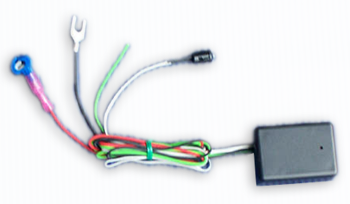Electrical Power Sensors Information

Image Credit: Batteryanalysers.com
Electrical power sensors are used to measure characteristics of electric power such as voltage, current, power. For AC circuits, an electric power sensor can also be used to measure power quality. These measurements are then converted into corresponding analog or digital signal to be read by another device or displated.
Some electrical power sensors are incorporated into transformers or other components of the power distribution grid. Others are added to existing systems. Typically, these electrical power sensors measure one or more physical characteristics and convert them to electrical signals.
Electrical Power Sensors Technologies
Electrical power sensors use many different technologies to measure electrical characteristics.
-
Hall Effect sensors measure voltage, current, and power levels by using a current perpendicular to a magnetic field to cause an electric potential. To measure the condition of aging insulation, sensing methods include degree of polymerization, insulation resistance, power frequency dissipation factor, and polarization index measurement.
-
Inductive sensors utilize a coil of wire that goes around the power carrying wire to measure voltage current phase and ultimately wattage.
-
Direct measurement sensors are in line with the power carrying wires and convert it to a proportional corresponding signal for measurement or display. This is the most accurate method although is not always possible depending on the application.
-
Voltage response measurements use the electrical characteristics of a circuit are determined from the amplitude and phase of a test current flowing through a circuit. To measure power quality, electrical power sensors measure the phase difference between voltage and current, as well as the resulting total harmonic distortion (THD).
Applications
Electrical power sensors are used in electrical power grids across the United States and around the world. Although automatic controls are used to respond to system problems such as overcurrent, undercurrent, and voltage sags, trained personnel are needed to monitor the overall grid and respond to specific equipment problems. With the development of intelligent sensors, equipment problems can be detected and reported with greater efficiency.
Standards
Many electrical power sensors comply with standards from the Institute of Electrical and Electronics Engineers (IEEE). IEEE 1451 governs digital technologies and includes a set of standards that defines open, common network-independent communication interfaces that can be used to connect electrical power sensors to measuring instruments and control devices. Others standards organizations for electrical power sensors include Underwriters Laboratories (UL) and the Canadian Standards Association (CSA).
Additional standards can be found on the IHS standards store.



